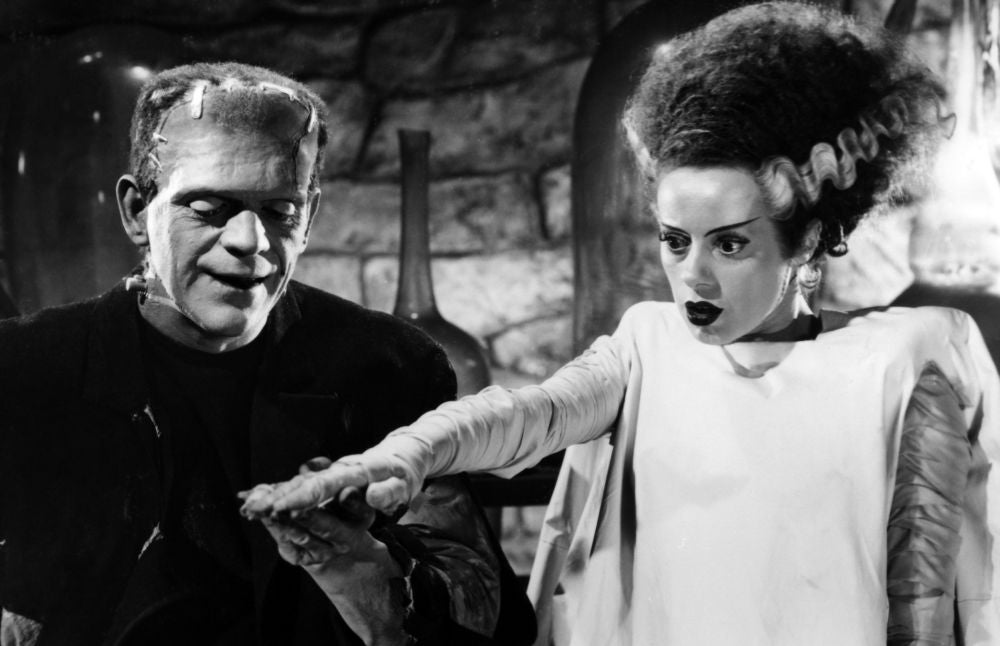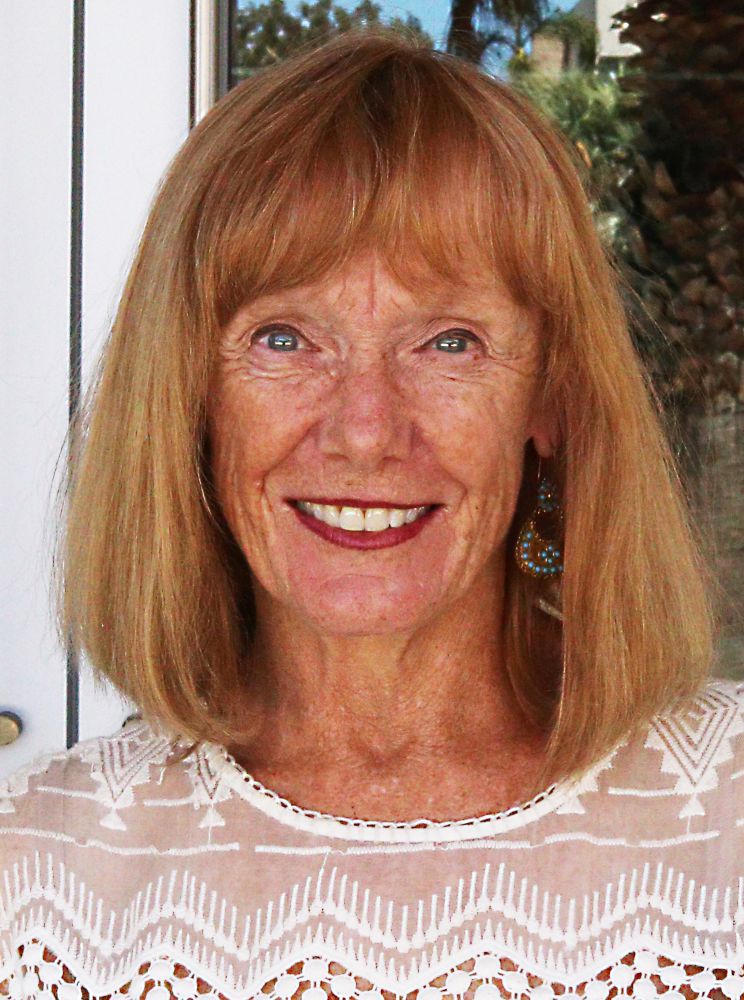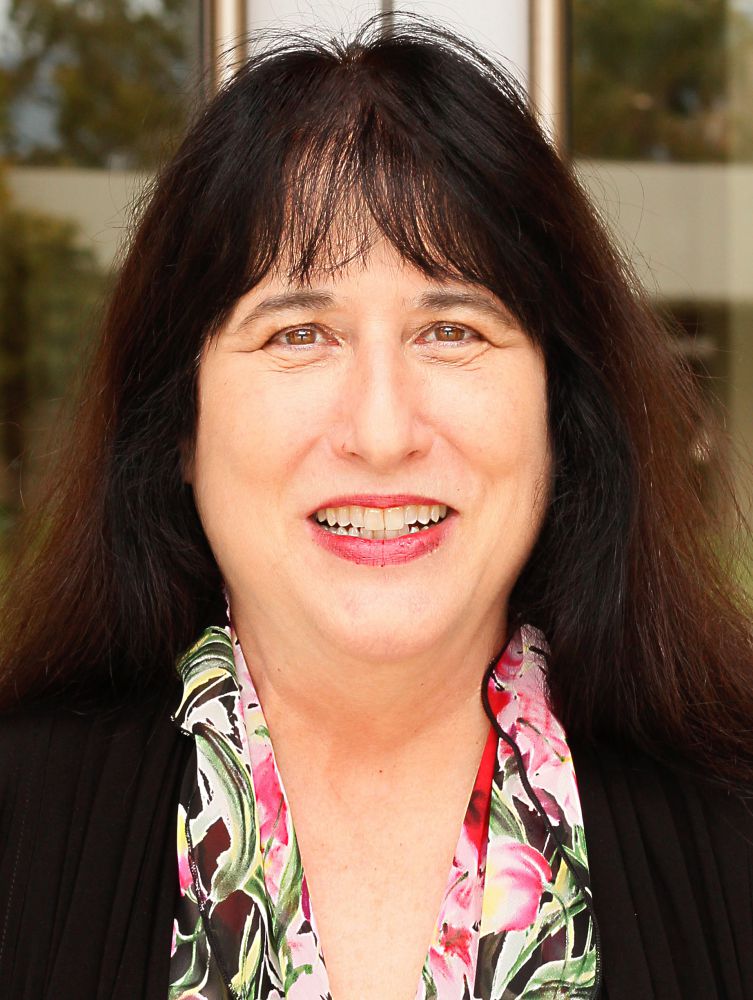
A Monster for Our Times


Mary Shelley didn’t just a create a classic of literature when she wrote “Frankenstein” 200 years ago. She created a prophetic work that touched on topics that grow more relevant and urgent as time passes.
“One of my bottom lines about ‘Frankenstein’ is that it is an early work of science fiction that says we need to think about the ethics of technology and scientific creativity,” said Julie Carlson, a UC Santa Barbara professor of English and a Shelley scholar. “But ‘Frankenstein’ is also very concerned about creativity in general, including literary creativity. From where do new ideas come, and what is our responsibility to the new thing that we make or to the new being whom we bring into the world?”
The book’s anniversary and its rendezvous with the future have spurred “Frankenreads” celebrations across the globe, including two programs at UCSB — a one-day symposium and a film series.
The symposium, “Frankenstein at 200: A Campus Conversation” on Thursday, Oct. 25, from 9:30 a.m. to 4:30 p.m. in the campus’s Mosher Alumni House, will bring together an extraordinary range of scholars — in humanities, psychological and brain sciences, physics, arts and more — to discuss the novel’s legacy.
The cross-disciplinary nature of the conference reflects the scope of Shelley’s ambitions, Carlson said. “What I really want to happen is to have a daylong conversation across the disciplines about the many issues that ‘Frankenstein’ raises,” she said.
Ethics, discovery, justice, responsibility, loss and more all play out in the novel, she added. “We have got to talk about these things and their interconnections,” Carlson said. “Mary Shelley dreamed about reanimating the dead and science is now bringing us closer to that reality.” Shelley also underscored the rage and despair that attends having one’s existence persistently construed as monstrous.
The film series, “Frankenstein: Afterlives,” presented by UCSB’s Carsey-Wolf Center, also explores Shelley’s masterpiece from a variety of perspectives. Patrice Petro, Dick Wolf Director of the Carsey-Wolf Center, Presidential Chair in Media Studies and professor of Film and Media Studies, said the series includes classical horror films and science fiction as well as avant-garde experimentation.
In selecting films for the series, Petro said, care was taken not to present a collection of grim takes on Shelley’s novel. The next film, “The Rocky Horror Picture Show,” screens Friday, Oct. 26, at midnight in the campus’s Campbell Hall. It will be followed by the Spanish classic “The Spirit of the Beehive” Thursday, Nov. 8, Mel Brooks’ “Young Frankenstein” Tuesday, Nov. 13, and the 1973 cult favorite “Flesh for Frankenstein” Thursday, Dec. 6.
“While ‘Young Frankenstein’ is indeed a humorous take on the story,” she said, “it is also a loving homage to classical Hollywood cinema, and especially horror cinema. Horror and comedy often overlap, and a camp aesthetic and sensibility pervade ‘Young Frankenstein’ and ‘Rocky Horror’ as well as ‘Flesh for Frankenstein.’ ”
Petro noted that “Frankenstein” films are popular today because they engage with issues — advances in medical science and their ethical implications — that remain timely and relevant. But the series also serves as a window on stubborn social issues.
“More to the point of our series,” she said, “Mary Shelley’s life, and that of her parents and circle of friends, provide insight into the role of women writers, communities of writers, the monster and the monstrous, musings on human nature, gender and sexuality, and the consequences of unchecked male ambition, which leads to destruction, injustice and devastation. The monster and his bride lend themselves to stunning visual representations, as you will see from our promotional materials. The Frankenstein story is ripe for retelling and re-envisioning.”



